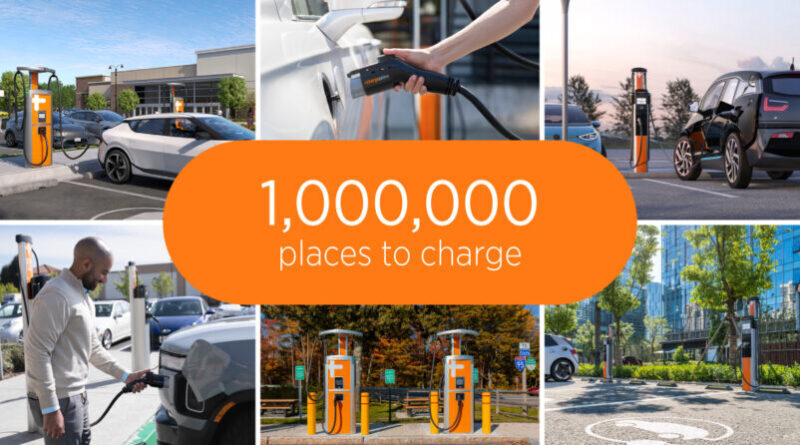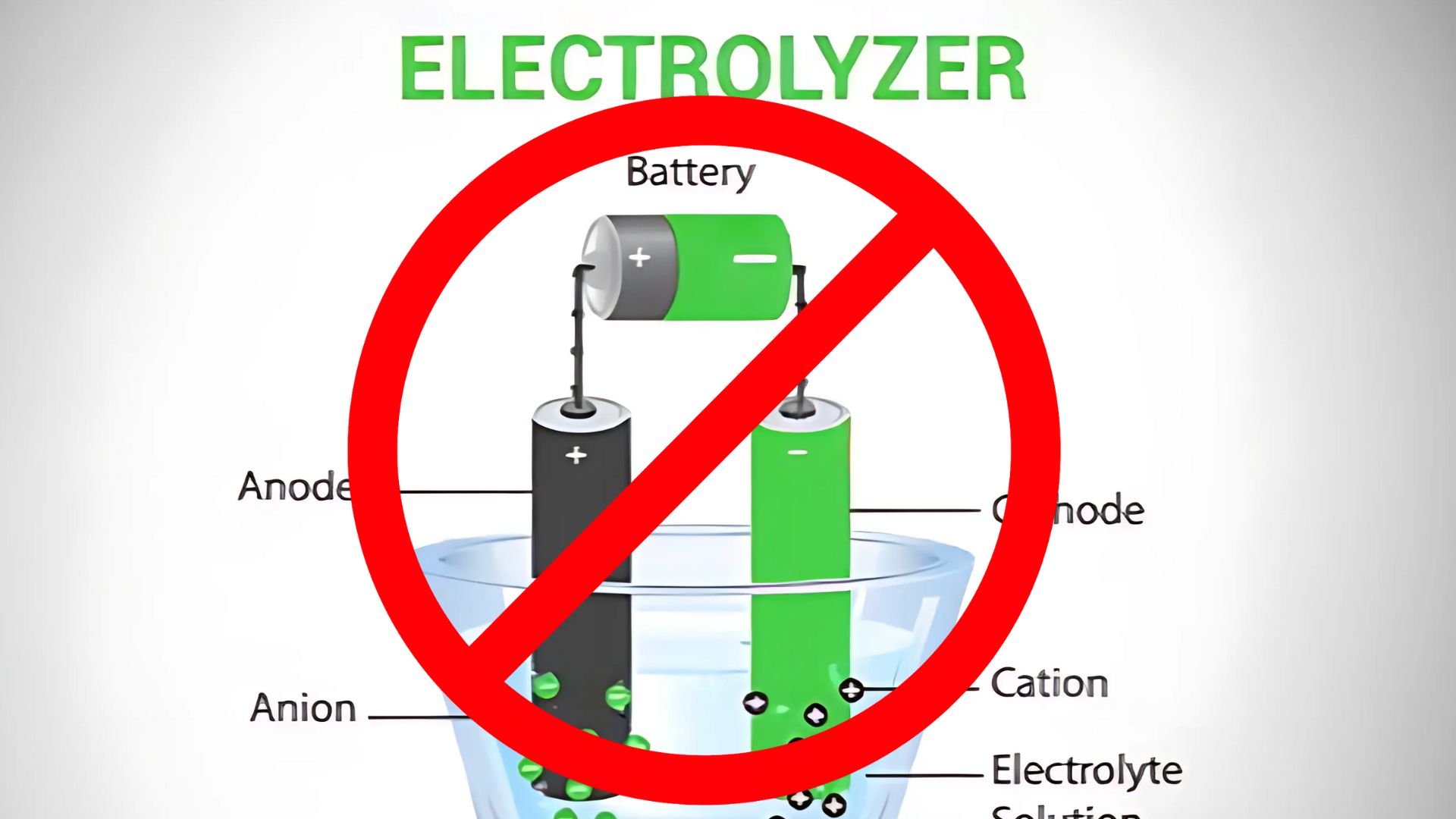Harnessing Heat for Hydrogen: The Inside Story of ThermoLoop’s Innovation
NewHydrogen’s ThermoLoop Technology Sets New Standards for Green Hydrogen The race to a sustainable future is heating up, quite literally,…
NewHydrogen’s ThermoLoop Technology Sets New Standards for Green Hydrogen
The race to a sustainable future is heating up, quite literally, as companies like NewHydrogen, Inc. push the boundaries of innovation in renewable energy. Their latest breakthrough, ThermoLoop™, promises to revolutionize green hydrogen production by utilizing heat instead of electricity, a critical shift in making hydrogen more affordable and accessible. But how exactly does this technology work, and what could it mean for the world’s energy landscape? Here, we break it down.
The Problem with Traditional Hydrogen Production
Hydrogen is heralded as a renewable energy superstar. It has the potential to power fuel cells, facilitate clean transportation, and provide a solution for long-term energy storage. However, current methods of producing green hydrogen come with steep challenges. Most green hydrogen today is generated by electrolyzers, which use electricity to split water into hydrogen and oxygen. While effective, this process is costly, with electricity accounting for roughly 73% of the total production cost.
The issue is even more pressing considering that much of the hydrogen we use isn’t green at all. Instead, it’s derived from fossil fuels like natural gas, which defeats the purpose of transitioning to a sustainable energy ecosystem. Until now, the high cost of green hydrogen has been an obstacle to its widespread adoption. ThermoLoop, NewHydrogen’s flagship technology, is set to change that.
How Does ThermoLoop Work?
Traditional thermochemical methods of hydrogen production face a significant hurdle—temperature mismatch. The chemical reactions involved in splitting water require vastly different temperatures, leading to inefficiencies during heating and cooling periods. This is where ThermoLoop shines.
Rather than relying on conventional electrolyzers, ThermoLoop introduces a system that enables “near isothermal reactions,” where all necessary chemical processes occur at almost the same temperature. This breakthrough minimizes downtime and conserves energy, allowing hydrogen production to “loop” continuously. What makes this possible is NewHydrogen’s development of a unique material with phase-changing properties, meaning it can easily transition between solid, liquid, and gas states. This material acts as the linchpin for synchronizing reaction temperatures, solving a challenge that baffled scientists for decades.
Remarkably, the company leveraged advanced artificial intelligence and machine learning to design this material. By sifting through options across the periodic table, they identified the ideal combination of elements with the “just-right” attributes to unlock scalable, efficient thermochemical reactions. The result? A system poised to deliver the cheapest green hydrogen in the world.
Beyond Theory: Integrating ThermoLoop into Real-World Applications
One of ThermoLoop’s key selling points is its versatility. Unlike current technologies, the system doesn’t rely solely on electricity or specific heat sources. It can harness concentrated solar power, geothermal heat, industrial waste heat from factories, and even nuclear reactors. CEO Steve Hill highlighted this flexibility in a recent announcement, saying, “ThermoLoop is agnostic to the sources of heat and water. This opens the door to hydrogen production in areas where other solutions might fail.”
Interestingly, NewHydrogen has also explored how green hydrogen can play a vital role in microgrids and smart grids. Partnering with prominent academics like Dr. Claudio Cañizares from the University of Waterloo, the company has studied how hydrogen’s long-term energy storage potential could stabilize areas with high variability in renewable energy output. For instance, in remote northern communities with prolonged winter darkness, hydrogen produced during sunny summer months could serve as a critical energy reserve.
Hydrogen’s ability to complement smart grid systems further underscores its importance. Smart grids integrate advanced control mechanisms to balance electricity demand and supply, and hydrogen fits seamlessly as a storage medium. Though it competes with batteries on some metrics, hydrogen excels in applications requiring long-duration energy storage and scalability.
Why This Matters for a Cleaner Future
The implications of ThermoLoop extend far beyond the confines of laboratory trials or corporate press releases. If successful, the technology could transform industries that heavily rely on hydrogen, like steel manufacturing, oil refining, and agriculture. Consider that producing ammonia for fertilizers—a staple in global food production—is one of the largest consumers of hydrogen. Cheaper green hydrogen powered by ThermoLoop could dramatically reduce the environmental cost of essential goods we take for granted.
On a broader scale, ThermoLoop could address significant pain points in our transition to renewable energy. By making green hydrogen more cost-effective, countries can reduce their reliance on fossil fuels and meet ambitious carbon-zero targets more quickly. Additionally, ThermoLoop’s ability to utilize heat from sources such as industrial waste or geothermal systems reinforces a circular economy approach, repurposing energy that would otherwise go unused.
Disclaimer
This content is intended for informational purposes only and does not constitute an endorsement or promotion of any company, product, or technology mentioned herein. It does not provide, nor should it be interpreted as, financial or investment advice. Readers are encouraged to conduct independent research and consult with a qualified financial advisor before making any investment decisions. The views expressed are based on publicly available information and are not a guarantee of future performance or outcomes.
What's Your Reaction?






























































